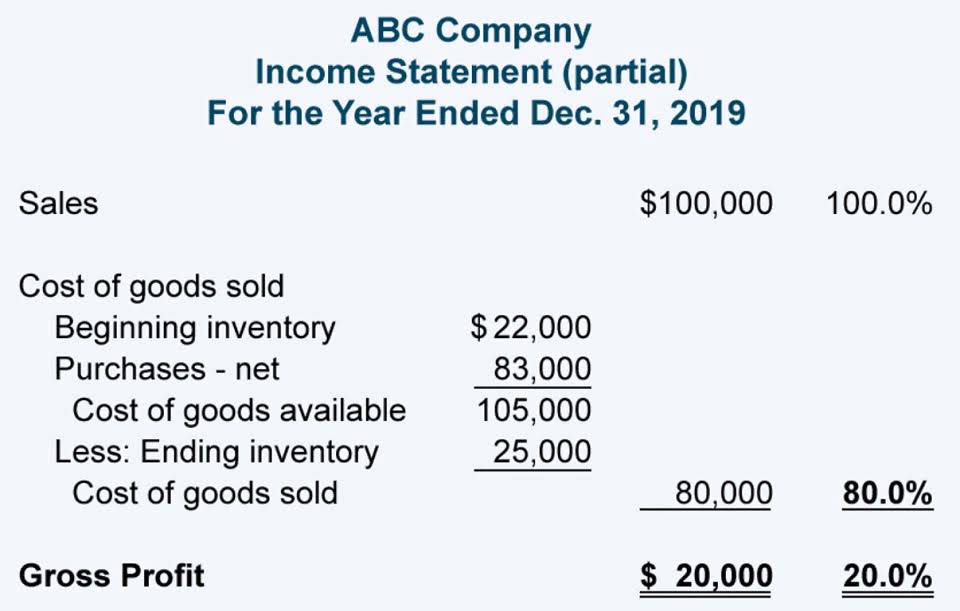
Retained earnings are a crucial aspect of financial management for any business. They represent the accumulated profits that a company has earned and retained over time. Understanding retained earnings is essential for assessing a company’s financial health and making informed decisions about future investments and distributions. One effective tool for comprehending retained earnings is the use of T accounts. Since the retained earnings account is an equity account, it has a credit balance.

Frequently Asked Questions About Retained Earnings

However, as companies grow and transactions become more complex, manually handling debits and credits can be time-consuming and prone to error. While T accounts are a valuable tool for understanding retained earnings, it is important to be aware of their limitations and consider alternative methods for a more comprehensive analysis. While reinvesting retained earnings into the business is often a prudent choice, companies also have alternative options. They can use retained earnings to pay down debt, repurchase shares, or make acquisitions. The decision on how to utilize retained earnings depends on the company’s specific circumstances and strategic goals. Now, let’s say ABC Corporation declares and pays dividends of $10,000 to its shareholders during the year.
Is Retained Earnings an Asset?
- When they know that management has profitable investment opportunities and have faith in the management’s capabilities, they will want management to retain surplus profits for higher returns.
- Retained earnings are an important part of a corporation’s financial statements.
- A company indicates a deficit by listing retained earnings with a negative amount in the stockholders’ equity section of the balance sheet.
- Paying off high-interest debt also may be preferred by both management and shareholders, instead of dividend payments.
- They reflect the cumulative profits retained by the company over time, minus any dividends distributed to shareholders.
- A higher ROE often signals efficient management and profitable use of equity capital.
These include net income or loss, dividend payments, and any adjustments due to accounting errors or changes in accounting policies. A company’s retained earnings can also be impacted by mergers, acquisitions, or other significant financial transactions. does retained earnings have a credit balance The normal balance in a profitable corporation’s Retained Earnings account is a credit balance. This is logical since the revenue accounts have credit balances and expense accounts have debit balances. If the balance in the Retained Earnings account has a debit balance, this negative amount of retained earnings may be described as deficit or accumulated deficit.
Navigating the Statement of Retained Earnings
Since all profits and losses flow through retained earnings, any change in the income statement item would impact the net profit/net loss as part of the retained earnings formula. These factors include net income or loss, dividend payouts, stock buybacks, and adjustments due to accounting changes. For instance, if a company experiences Bakery Accounting a significant loss, it may need to dip into its retained earnings to cover the shortfall. Conversely, a company with a surplus of net income might increase its retained earnings substantially.
- Essentially, they reflect the portion of a company’s profit that is reinvested back into the business rather than distributed to shareholders as dividends.
- It reconciles the beginning balance of net income or loss for the period, subtracts dividends paid to shareholders and provides the ending balance of retained earnings.
- The normal balance in a profitable corporation’s Retained Earnings account is a credit balance.
- The format of the accounting equation (or basic accounting equation or bookkeeping equation) is identical to the format of the balance sheet.
Calculate RE starts with a reduction in net income, and net losses and dividend payments subtract. recording transactions One way to assess how successful a company is in using retained earnings is to look at a key factor called retained earnings to market value. It is calculated over a period (usually a couple of years) and assesses the change in stock price against the net earnings retained by the company. Revenue is the money generated by a company during a period but before operating expenses and overhead costs are deducted.
The company receives equipment (asset increases) but decreases its cash (asset decreases). However, since the service will be provided over 12 months, the $1,200 is initially recorded as a liability (unearned revenue), reflecting the obligation to deliver the service. This increases the child’s assets (money in the piggy bank) and creates a “liability” (an IOU to the parents). Understanding debits and credits is vital to keeping your finances in order and ensuring accurate reports. The 500 year-old accounting system where every transaction is recorded into at least two accounts. Therefore, always consult with accounting and tax professionals for assistance with your specific circumstances.

Revenue, sometimes referred to as gross sales, affects retained earnings since any increases in revenue through sales and investments boost profits or net income. As a result of higher net income, more money is allocated to retained earnings after any money spent on debt reduction, business investment, or dividends. Alternatively, if it is to correct the understatement of prior period net income, the company will credit the retained earnings in the journal entry instead.
